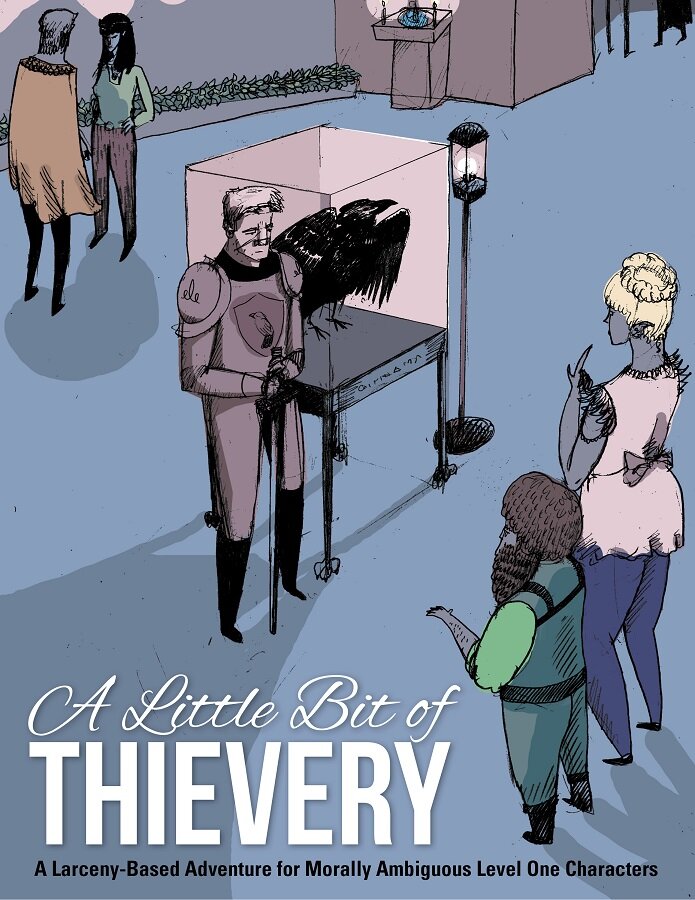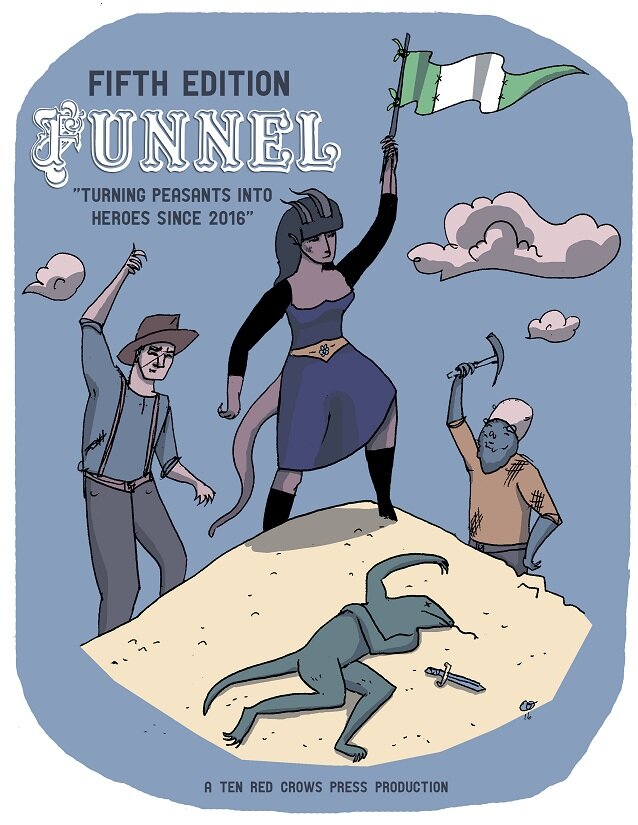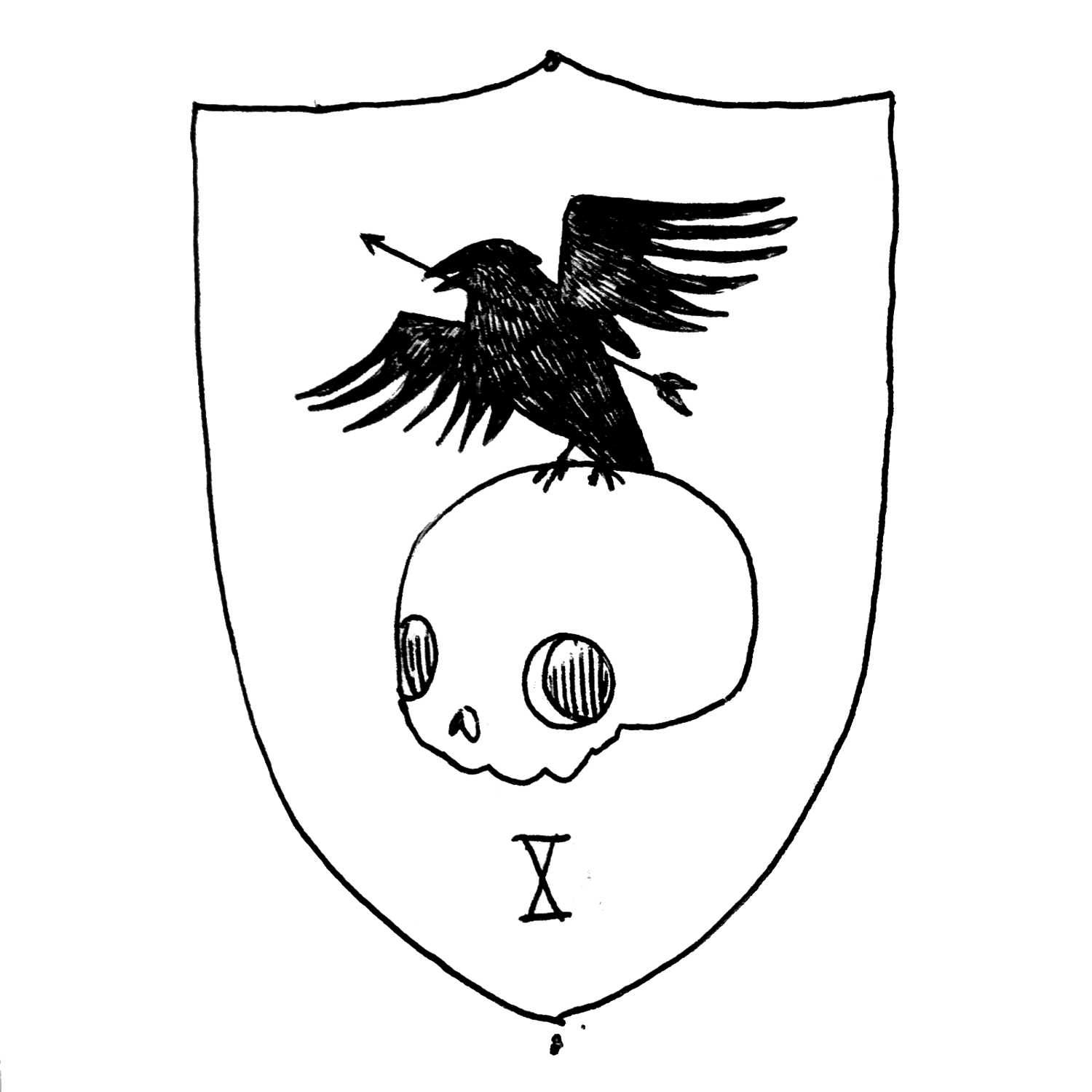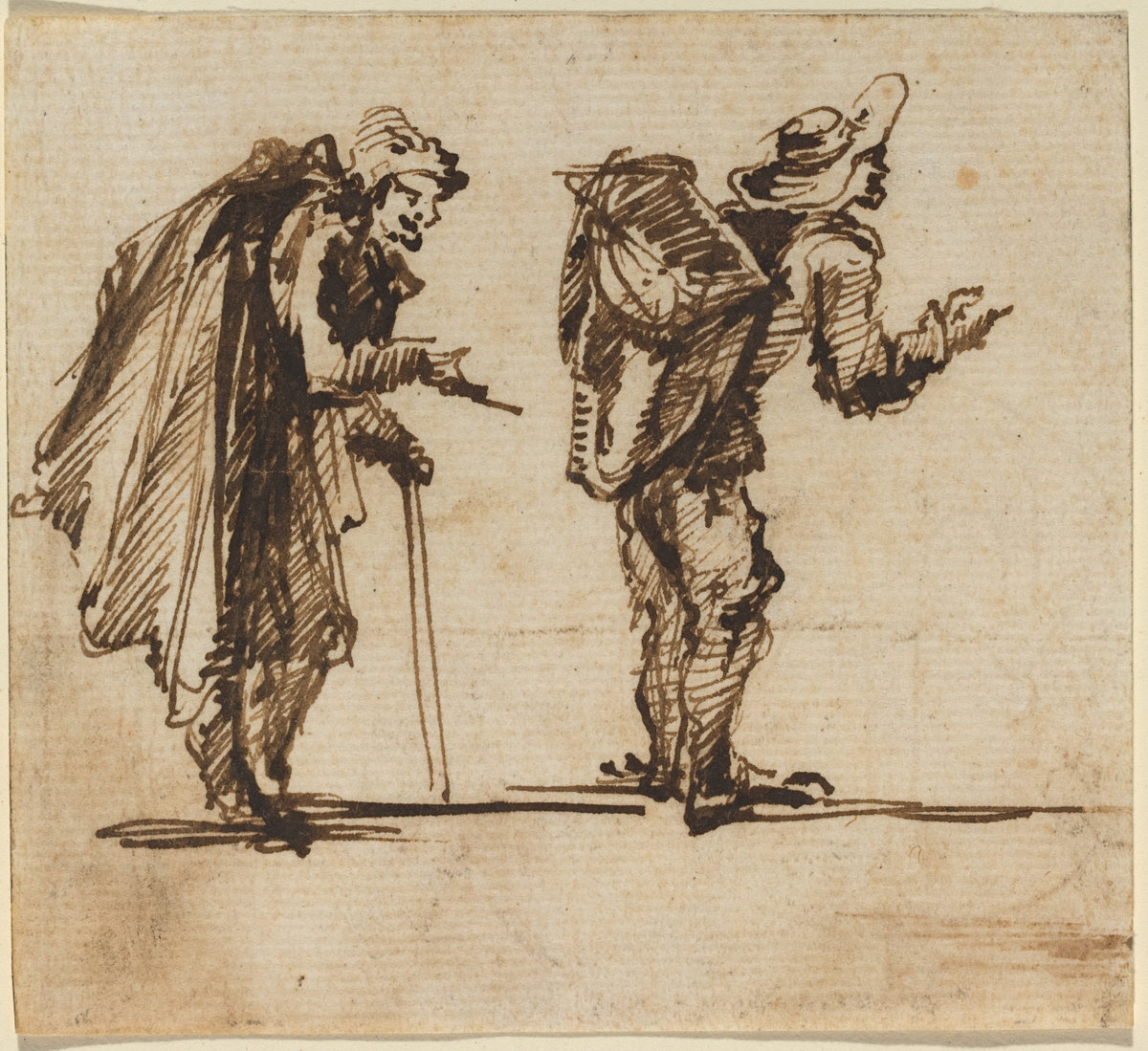My Own Binder
I created my own dungeon master’s binder; combining the sections of the various RPG sources that I use the most. The 5e Dungeon Master’s Guide doesn’t have a legal PDF version, so you’ll have tear up your second copy or go to the local library and photocopy a few pages.
This isn’t designed to be all encompassing in terms of advice. This is just the material that I found myself constantly referencing while preparing for a session. It is designed for the quick building of regions, locations, and encounters. The binder doesn’t include information on plots, fronts, or roleplaying, nor does it contain a bestiary.
This binder is focused on my current West Marches style hex crawl campaign, which is about exploration of the wilderness at the edge of civilization.
Part One: Monsters and Mayhem
Building Combat Encounters – 5e Dungeon Master’s Basic Rules (p56-58) – These guidelines help me determine if I am about to murder the party. As I have gotten familiar with 5e, I use it far less than I used to and my players still survive.
Creating a Monster – 5e Dungeon Master’s Guide, Chapter 9 (p272-283) – Utterly essential. I alter monsters while I’m preparing and it’s nice to know the consequences of those changes. Besides, if my monsters are tougher, I want the players to get more XP. This also provides lots of ideas for special abilities and how that changes difficulty.
Making Monsters Mysterious – Dungeon Crawl Classics, Chapter 9 (p378-384) – Philosophical guidance for those in need. Honestly, this is some of the best advice on populating a fantastic world with monsters who should be weird and special. The orcs that come from the Spiral Mountains are going to be different than the orcs from the frozen tundra of the north, right? Includes some random tables on customizing my legions of monsters and undead. Really cool stuff, and it keeps your waves of skeletons interesting.
Part Two: Master of Rules
Sage Advice Compendium and Player’s Handbook Errata – WotC Webpage – It’s useful to have clear and concise information to have in case there is an disagreement. Admittedly, these are rarely used during play.
Spells by School and level – WotC Webpage – Sometimes I need a random spell effect based on a school of magic. All I have to do is flip to the proper school, count the number spells in the list, and have one of the players roll a dice. They love it.
Part Three: Location Design
Region, Hex, and Dungeon Mapping – The Perilous Wilds – Although it is not designed for 5e, most of the advice is adaptable to any fantasy RPG. With this small booklet, it’s possible to easily create an entire region of ancient ruins, evil societies, and towns that are waiting to be discovered. It provides enough structure to to feel creative, yet doesn’t overload the situation. This product is a godsend in a hexcrawl (or whenever your players march out into the unknown).
Filling in Dungeon Details – 5e Dungeon Master’s Guide, Appendix A (290-301) – The design principles for dungeons in the Perilous Wilds are thematically based, and while that provides excellent guidance, sometimes I draw a blank and need roll up a rooms or their contents. The appendix to the DMG beautifully implements random tables that cover the entire dungeon. The random tables include entire rooms, right down to knowing if a book is an accounting journal or unfinished blog post.
Final Fantasy Tactics Name List – Somewhere on the Internet - The players are going to ask, so every NPC should have a name. Also, Final Fantasy Tactics holds a special place in my heart.
Part Four: Critical Hits
Player Critical Hit Tables – Dungeon Crawl Classics, Chapter 4 (p82-86) – I believe that DCC has the best set of critical hits charts because they grow with character class and level. A 10th level fighter has far more potential damage than a 1st level fighter or a 10th level wizard, and that is worth its weight in gold. Since DCC only has 10 levels, and uses weird dice, I made a nice conversion chart here. The chart is still in beta testing, but so far so good. The critical hit effects take the place of the second damage dice of the weapon. All of the additional damage from other effects (smite, sneak attack, et cetera) are doubled as usual. Critical hits that cause instant death are lowered to x4 weapon damage for named monsters.
Monster Critical Hit Tables – Dungeon Crawl Classics, Chapter 9 (385-392) – Monsters get critical hits too, but in this case it’s based on monster type, and hit dice. The higher the hit dice, the more potential damage of the critical. To make it safer for the players and adjust from DCC, I take the monster’s hit dice and divide it by two. This keeps most of the nasty hits out of reach from the lower tiered monsters. The instant death rules from above also apply. In my games there is no instant killing of PCs, I prefer to let them sweat through their death saving throws.
Do you have your own binder? If so, what do you include in it?






